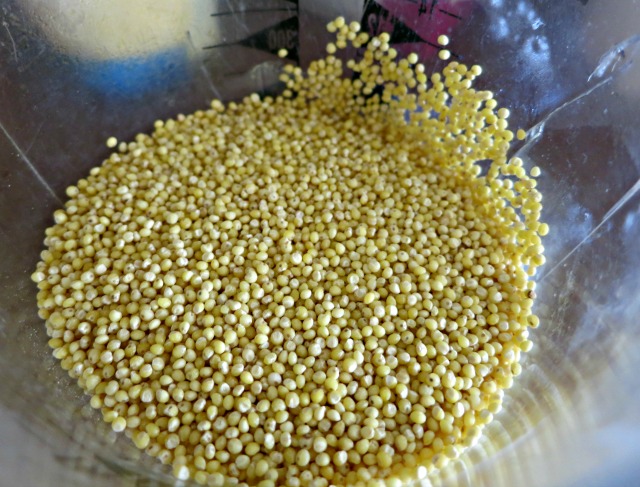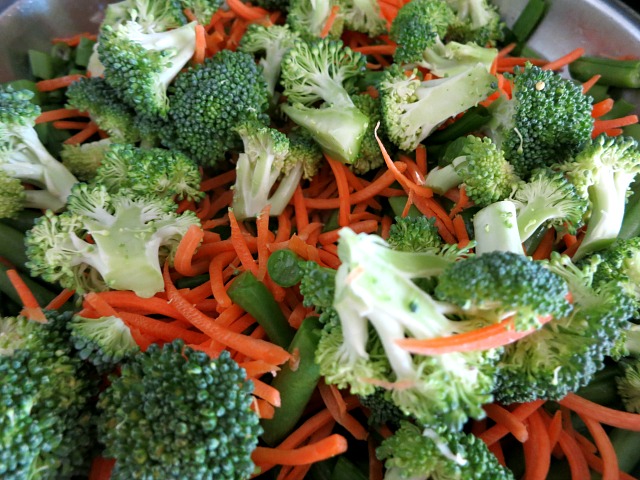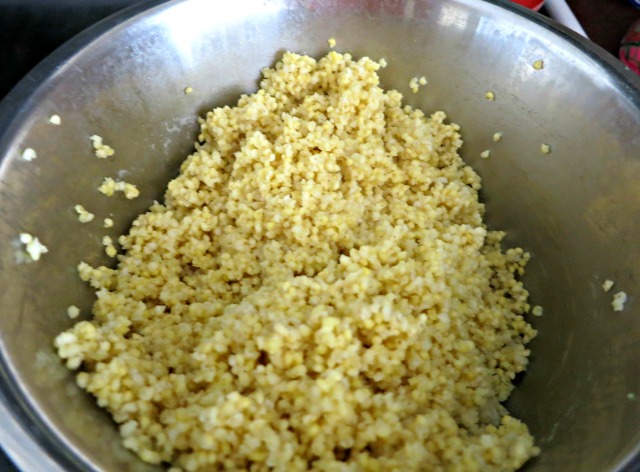Is Millet The New Quinoa?
By Melissa Wiley in Food on Jun 4, 2014 7:30PM
We’re calling it, right here right now: Millet is the new quinoa. Why? First of all, something has to be. Second, modern food science likes looking backward, and ancient grains just don’t get more ancient than this.
First domestically cultivated 10,000 years ago by China's first farmers, millet has the kind of concentrated nutrient power health food that skyrocketed quinoa and chia seeds to popularity. Its appearance on restaurant plates is surely only a matter of time.
Traditionally grown in dry, marginal corners of the globe where grains like wheat, rice and maize struggle to survive, pearl millet serves as the nutritional mainstay of 90 million people worldwide, who also rely on its cultivation for their sole source of income. Millet is also a gluten-free grain rich in protein with high concentrations of fiber, calcium and B-complex vitamins. With three times more calcium than milk, millet acts as the base for a tasty porridge in Africa and Asia, but there’s no reason it can’t become the next couscous in everyday Western eateries as well.
It also doesn’t have to come from overseas. American farmers in the Great Plains are making a go of it. Their main problem, however, is one of perception, as most consumers remain unaware millet’s dazzling variety, not knowing that millet used in birdseed differs from that grown for human consumption. No trade organization yet exists in the US either to promote it, and last year’s crop, typically drought-tolerant, languished under devastatingly arid conditions, tripling its price and giving even Whole Foods shoppers a case of sticker shock.
But millet, we’re betting, still has staying power. San Francisco-based 2 degrees incorporates millet into its snack bars, for which the company donates a meal to a hungry child for each one sold. And despite the fate of last year’s US harvest, the grain has a significantly lower water footprint than most of its cousins, needing three times less water than rice and so freeing farmers the expense of irrigation.
Want to try millet for yourself? Here’s a recipe for stir-fried millet we adapted for ourselves, substituting broccoli and green beans for asparagus. In the end, we actually preferred millet's meatier texture to rice, although the cooking process is exactly the same, so keep an eye on it and continue to stir as it boils. Another bonus: Millet fast absorbs soy sauce or another other sauce you like and adds its own deep mustard color to your plate.
While you're at it, here’s an easy how-to for chocolate millet fudge cake for dessert.



